Imagine a place where crystal clear waters meet centuries-old traditions and where each sunset promises a day of enriching discoveries. Welcome to Okinawa, a Japanese archipelago that not only charms its visitors with its breathtaking landscapes, but also envelops them in rich history and vibrant customs . It is not just a tourist destination, it is a journey through a way of life that inspires well-being and longevity. So, embark with us to explore Okinawa's well-kept secrets, from the depths of its history to the heights of its cultural traditions, without forgetting the resplendent islands that make up this paradise. This article guides you through the most captivating facets of the archipelago, inviting you to discover why Okinawa is nicknamed "Japanese Hawaii". Prepare to immerse yourself in a world where past and present blend harmoniously to the rhythm of the waves of the Pacific Ocean.
The history of Okinawa, a paradise in the land of the Rising Sun
Okinawa, often called the jewel of the Pacific, is rich in history that reflects the resilience of its people throughout the ages. Originating in the Stone Age, this strategically located island became the center of the Kingdom of the Ryukyus in the 15th century. This island kingdom prospered through trade with China, Japan, and other Asian nations, while cultivating a distinct culture that was manifested in traditional architecture, language, and arts.
In the 17th century, Okinawa came under the rule of the Shimazu samurai clan, becoming a vassal of Japan while maintaining ties with China. This complex status persisted until the island was officially annexed by Japan in 1879. The 20th century was marked by hardships, including the Battle of Okinawa during World War II, which left indelible scars on the island.
Today, Okinawa merges its historic past with a dynamic present, celebrating its cultural heritage while embracing modernity. Historic sites like Shuri Castle bear witness to its rich past, and the resilience of the Okinawans continues to fascinate visitors from around the world.

Traditions found in Okinawa
Okinawa's cultural richness is manifested through its distinctive traditions, inherited from the Ryukyu Kingdom and enriched by external influences throughout its history. At the heart of these traditions is music, with unique instruments like the sanshin, a three-stringed lute that originated in China but found a particular form of expression in Okinawa. Traditional songs, or min'yo, often melancholy, tell stories of daily life, love and nature, playing an essential role in local festivals and celebrations.
Dance also occupies a prominent place in Okinawan culture. Traditional dances, such as the lion dance (shishimai) and the kachashi dance, are frequently performed at festivals and community events, expressing joy and community solidarity. These dances are not just performances, but opportunities to transmit cultural values from generation to generation.
In addition to music and dance, Okinawans maintain craft practices that reflect their history and adaptation. The art of pottery, in particular, is famous in Okinawa, with styles like those of Tsuboya producing sturdy, colorful ceramics used for both ritual and everyday life. Weaving is another notable form of craft, with the use of banana fibers to create hand-woven textiles, such as bashofu, known for its fineness and elegance.
These traditions, ranging from music and dance to crafts, are not simply relics of the past; they are actively preserved and integrated into contemporary Okinawan life, helping locals and visitors understand and celebrate the unique identity of this archipelago. Traditional festivities like the Lunar New Year and the Obon Festival continue to thrive, attracting both younger generations and tourists eager to delve into the rich cultural fabric from Okinawa.

Okinawans live longer
One of the keys to the exceptional longevity of Okinawans is their diet, centered around what researchers call the "Okinawa diet." This diet is mainly based on abundant consumption of green vegetables, purple sweet potatoes, tofu, and seafood, with moderate consumption of meat, especially pork, but consumed sparingly. Okinawans also consume fewer calories than the Japanese average, favoring what they call "Hara Hachi Bu" (eating until one is 80% full), a practice that contributes to their health by reducing risks of chronic diseases and promoting healthy body weight.
But longevity in Okinawa cannot be attributed to diet alone. Social structure and community ties also play a crucial role. Okinawans maintain active social networks throughout their lives, which has a positive impact on their mental and emotional well-being. moai, for example, are social support groups where members contribute financially and emotionally to each other, providing a safety net that strengthens mental health and reduces stress. This social integration is essential for keeping the mind and body healthy, particularly in later years.
In addition to dietary and social factors, Okinawa's holistic approach to health includes regular physical activity and spiritual engagement. Locals often engage in activities like gardening, walking, and traditional martial arts, which help maintain flexibility and muscle strength. The spiritual also plays a vital role; Many Okinawans practice daily rituals and ceremonies that provide them with a sense of purpose and tranquility, elements often cited as key to their longevity. This combination of physical, social, and spiritual well-being creates an environment conducive to a long and healthy life, making Okinawa a true “blue zone” of longevity.

The Okinawa Islands, a breathtaking landscape

Which islands to go to in Okinawa?
Our top 10 activities in Okinawa
-
Visit Shuri Castle in Naha: This former royal residence of the Ryukyu kings is a symbol of Okinawa's cultural history. Rebuilt several times after destruction, notably during the Second World War, the castle offers a spectacular view of Naha and an immersion in the architecture and traditions of the Ryukyu kingdom.
-
Diving in Yonaguni: Known for its mysterious underwater formations, sometimes called the "Yonaguni Ruins", this island offers one of the most intriguing diving spots in the world. Besides the structures, divers can also spot hammerhead sharks and other marine fauna in the crystal clear waters.
-
Participate in a traditional cooking workshop: Learn to prepare local dishes such as Goya Champuru and Soki Soba under the guidance of local chefs. These workshops offer a unique opportunity to delve into Okinawan culinary culture and savor your own creations.
-
Explore the Iriomote mangroves by kayak: Paddle through the expanses of Iriomote mangroves, a rich and diverse ecosystem. This adventure is perfect for viewing unique flora and fauna, including many species of birds and perhaps even the Iriomote leopard cat.
-
Attend a traditional Eisa performance: This rhythmic drum dance is a must-see during local festivities, especially during the Obon festival. It is an explosion of color and sound that celebrates the memory of ancestors in a vibrant and energetic way.
-
Relaxing on the beaches of Miyako: With its stretches of white sand and clear waters, Miyako is the perfect place to relax or engage in water activities such as snorkeling and diving.
-
Visit the Okinawa Peace Memorial in Itoman: This site commemorates the many lives lost during the Battle of Okinawa. The memorial offers a somber but necessary perspective on the tragedies of war and the price of peace.
-
Discover the flora and fauna of Yanbaru National Park: This park is renowned for its dense forests which are home to rare and endemic species. Guided hikes can lead you to sightings of species such as the Okinawan woodpecker and habu snake.
-
Take a whale watching cruise around the Kerama Islands: Between January and March, these waters become a privileged site for observing humpback whales. Cruises offer spectacular opportunities to see these majestic marine mammals up close.
-
Enjoy an evening in a local izakaya: For a complete immersion in local life, an evening in an izakaya (Japanese bar) is a must. Enjoy local dishes accompanied by a glass of awamori, a traditional Okinawan alcoholic beverage, while enjoying the warm and welcoming ambiance.

Now let's conclude! Okinawa, often nicknamed the “Japanese Hawaii”, no longer has any secrets for you! Throughout this article, we have seen that it is much more than just a tropical vacation destination. It is a place where deep history mixes with natural wonders and cultural traditions are celebrated with fervor. When visiting Okinawa, you have the opportunity to experience a unique blend of breathtaking landscapes, exquisite cuisines, and a rich cultural heritage that continues to influence its people. Whether you're looking for adventure, relaxation or cultural enrichment, Okinawa offers a range of experiences that are sure to stay with you long after your return. Explore this Pacific gem and be swept away by the captivating beauty and history of these magnificent islands






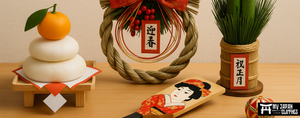
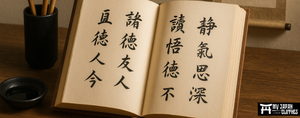

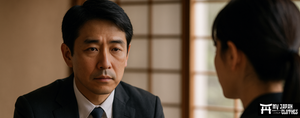

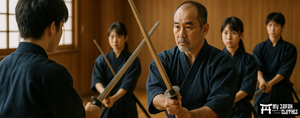

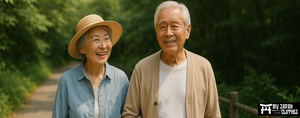
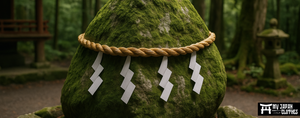


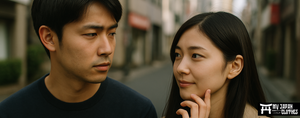
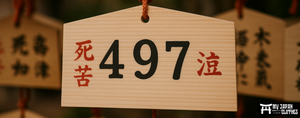

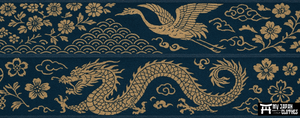

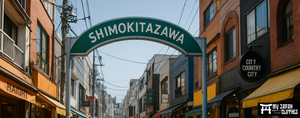

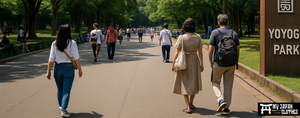

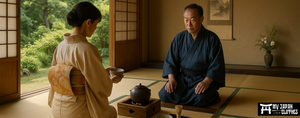
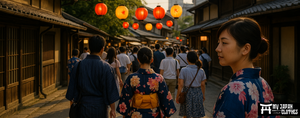
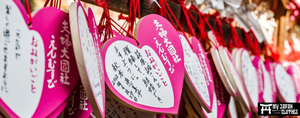

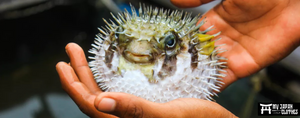
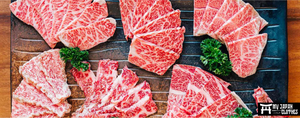
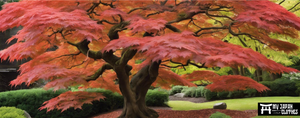
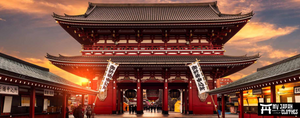
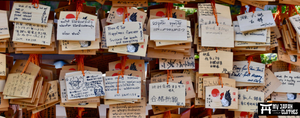

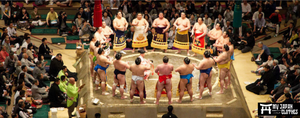

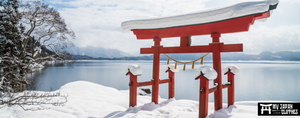













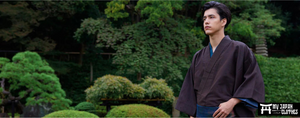
Leave a comment